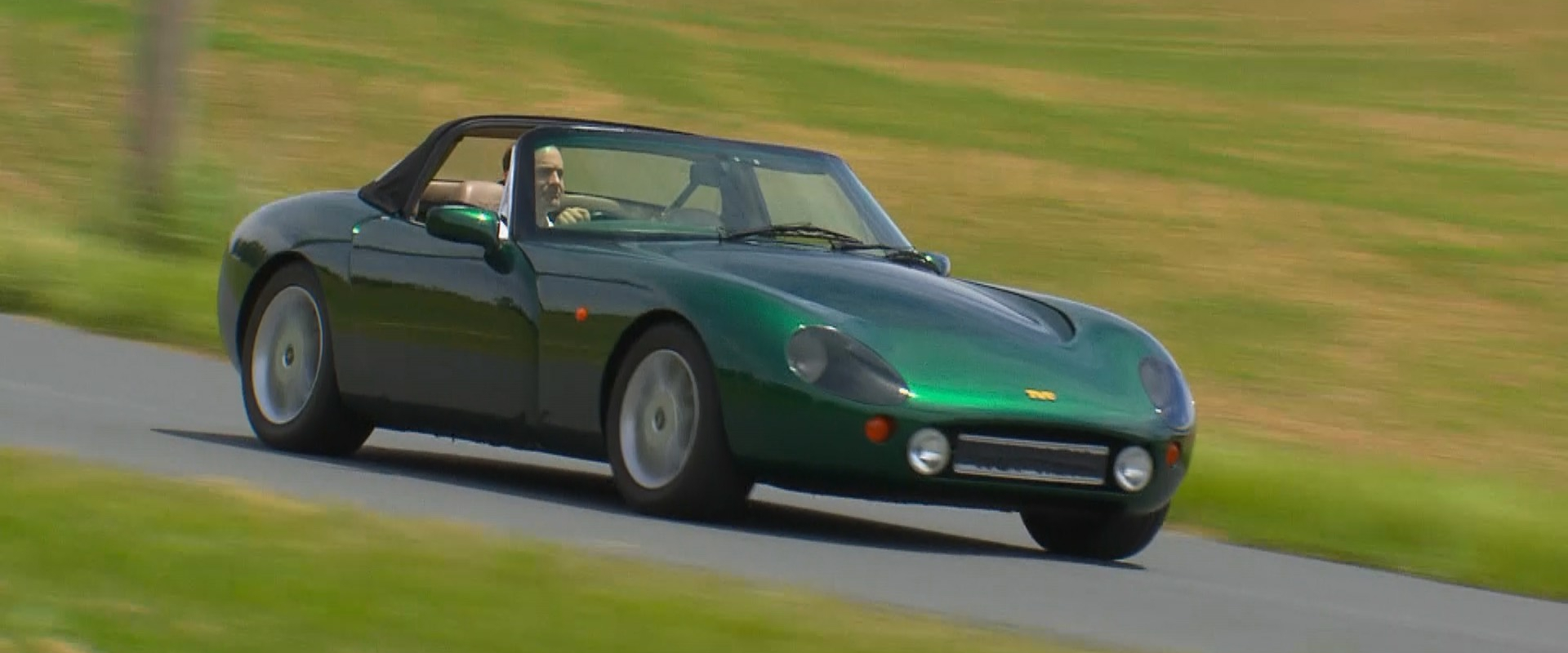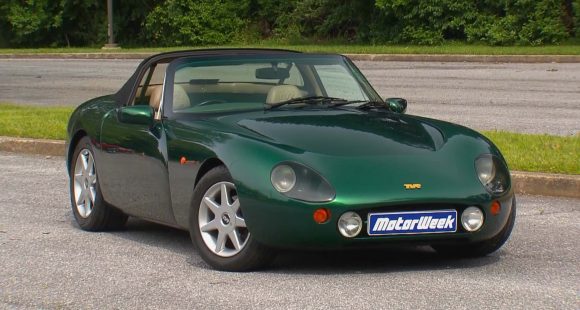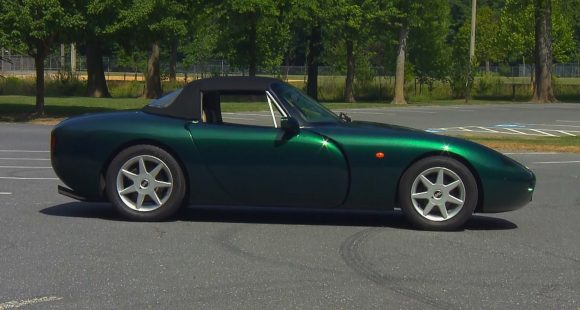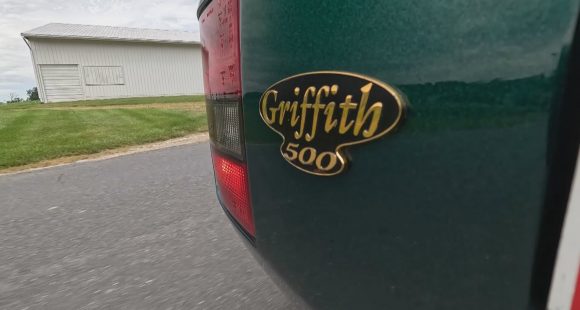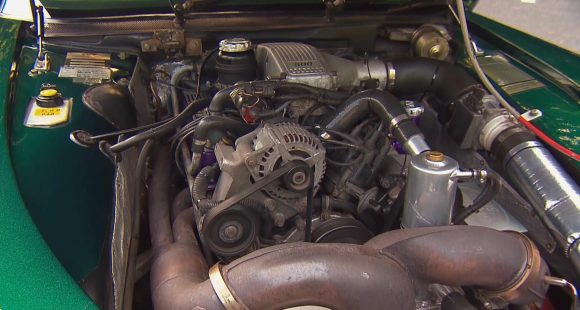1998 TVR Griffith 500
Great Britain is known for making some of the most iconic two-seat roadsters to ever tear down the tarmac. But amidst the Aston Martins, Jags and Lotus’ that we’ve driven over the years, there’s another brand that has an equally unique story, TVR. It’s a story our own Roger Mecca learned about when he got behind the wheel of one of their most storied designs—one that has the looks, speed, style and thrills American car fans search for, but few ever found.
ROGER MECCA: For every household name in European automotive history, there are many others that just never gained attention in the US despite making sports cars that could leave their peers in a cloud of dust.
One of those brands is TVR, a British automaker you may not have heard of, but actually has been around for almost 80 years. And in that time, this is perhaps their signature model, the Griffith 500: A car that, on paper, anyway, had everything necessary to get people’s hearts racing.
Ralf Berthiez is the owner of this 1998 TVR Griffith 500, which he’s owned since 2022 after importing it from England. A longtime enthusiast, he’d been looking for a car that had the perfect combination of speed, good looks and driving comfort, while also being a little rare. The Griffith checked all those boxes.
RALF BETHIEZ: It’s a raw performance car. I mean, it’s kind of an in-between of a Viper and a Cobra. I mean, it’s just raw… and I like that. I like that it’s a something a little bit different. Something I don’t see all over the place. You know, you don’t want to come out of the supermarket and say “okay, which Porsche Boxster is mine.”
ROGER MECCA: But before we focus on the Griffith, I mentioned that many of you may not be familiar with the TVR brand. Well, since they’ve been around since 1946, I could literally spend an entire episode on TVR’s history. So, in the interest of time, I’ll summarize them this way: TVR is a boutique British sportscar company with a reputation for creating fast two-seaters with striking, often beautiful designs, but unfortunately, they’ve gone bankrupt three times. Despite trying to make inroads to the US several times, the brand never set up a consistent dealer network in America and few units ever made it here.
MotorWeek has reviewed only two TVRs in over 40 years: a 380 I Tasmin, as part of a 1985 review of imported convertibles, and a Ford V8-modified Grantura that was developed by, fittingly enough, American entrepreneur Jack Griffith. Though they haven’t produced a car since 2006, TVR is, technically, still in existence and, reportedly, working on a new V8 coupe that’s being developed in partnership with racing legend Gordon Murray and Cosworth. But as luck would have it, the last model that was available to a few US buyers was arguably the company’s best: the Griffith 500.
It’s a shame this car never took off in the United States because I think Americans would love it. I mean, it’s basically a muscle car. It’s got a big V8 up front, rear wheel drive, and then, of course, there’s the noise.
With an all-fiberglass body, the Griffith 500 is roughly the same size and weight as a first-generation Miata. But the Griffith’s engine, well, that couldn’t be more different. It’s a 5.0-liter, 340-horsepower all-aluminum V8 supplied by fellow British automaker Rover, an engine they got from Buick in 1969 and then used for decades. As you can imagine, putting a big V8 in a car the same size as a Miata produces some dramatic results.
Even by today’s standards, it’s very quick; 0-60 is just over 4 seconds, and with 350 pounds of torque, you just touch that accelerator and you’re off like a rocket.
When it came out, the Griffith was as fast, or faster, to 60 than any 911 model, the Corvette ZR-1, and only a few tenths slower than a Lamborghini Diablo! As for Ferrari, only the mighty F40 was quicker. Handling is very precise and there is immediate feedback through the steering wheel, and even the tiniest road variations instantly translate to your fingers. There’s no traction control, ABS or driver aids of any kind. It’s just you, and the car.
Inside It’s comfortable and refined, with soft leather, posh seats, and an easy-to-read dash layout with refined gauges and wood trim, all angled toward the driver, making for a classic, understated British elegance. It all adds up to an experience that, for people like Ralf, is something truly special.
RALF BETHIEZ: At the end of the day, I really don’t care who notices it. It’s for me, helps me smile during the day and the week, and that’s what it’s all about.




